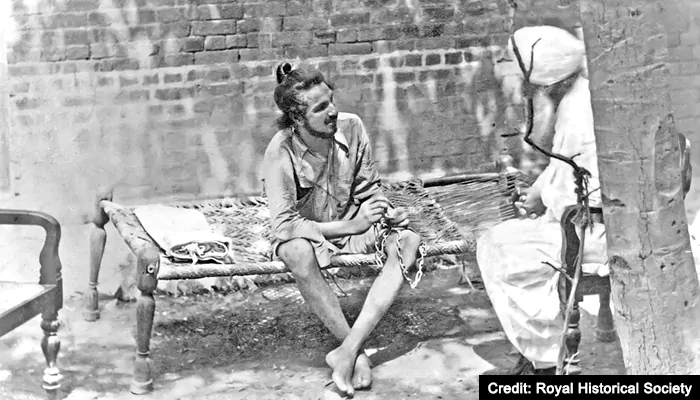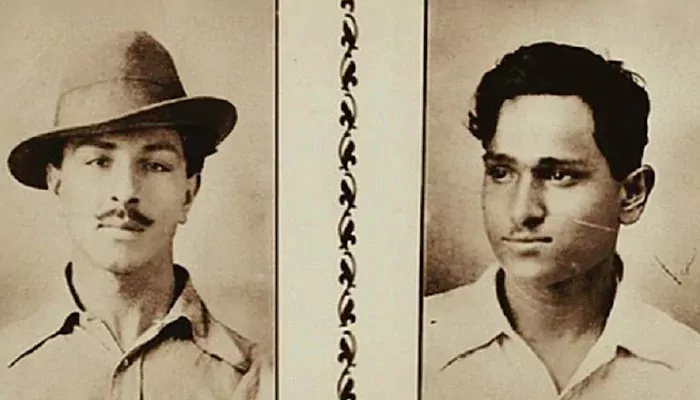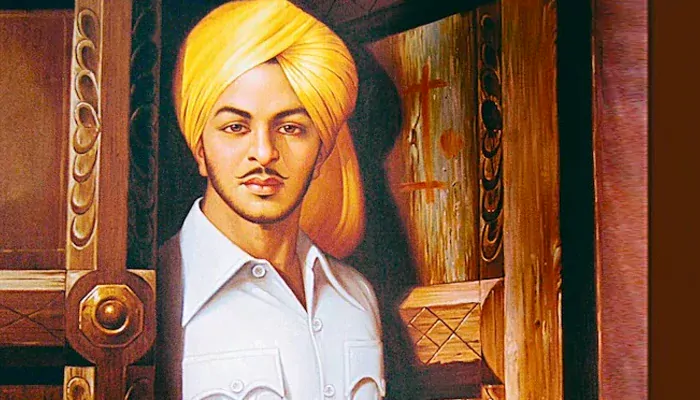
When an explosion in Delhi's Assembly Hall became the loudest cry for freedom
A cry echoed like thunder across the domed chamber of Delhi's Central Legislative Assembly. Moments earlier, two young men had calmly thrown homemade bombs into the hall, filling the air with dust, smoke, and panic. However, these bombs were not intended to kill; they were designed to make a statement — one loud enough to rattle the British Empire itself.
Bhagat Singh, a 21-year-old revolutionary with fire in his eyes and a pen tucked in his pocket, stood unfazed amid the swirling chaos. Alongside him, his comrade Batukeshwar Dutt stood tall and defiant. Their aim was not destruction but demonstration. What followed became one of the most iconic chapters in India's struggle for independence.
The path to that dramatic moment in 1929 was paved with blood. A few months earlier, the nationalist icon Lala Lajpat Rai had succumbed to injuries sustained during a brutal lathi charge led by British Superintendent James Scott in Lahore. The protest had been peaceful, aimed at condemning the all-British Simon Commission. However, Rai's death ignited fury in the hearts of young revolutionaries across the nation.
For Bhagat Singh, this was personal. Lala Lajpat Rai had been a mentor and a symbol of resistance, and his demise called for action rather than mourning. Singh, who was already involved with the Hindustan Socialist Republican Association (HSRA), resolved to avenge Rai's death—not through mere bloodshed, but by delivering a symbolic blow to British authority.

(Credit: News18)
On April 8, 1929, the Central Legislative Assembly was alive with debate over two controversial bills: the Public Safety Bill and the Trade Disputes Bill. Both bills were viewed as tools to suppress political dissent and crush labour strikes. As the Speaker called the session to order, two bombs exploded in quick succession, followed by a flurry of leaflets proclaiming revolutionary ideals.
However, this act was not an attempt at terrorism. The bombs were intentionally low-intensity, designed to startle rather than cause harm. No one was killed in the explosions. In fact, Bhagat Singh and his accomplice Dutt made no effort to escape. Instead, they shouted slogans, distributed pamphlets, and calmly awaited their arrest. For them, the courtroom and the gallows would serve as their accurate battlegrounds.
What followed was a remarkable moment in revolutionary theatre. Bhagat Singh transformed his trial into a public condemnation of British imperialism. He quoted Karl Marx and Lenin, maintained a smile in the dock, and seized every opportunity to turn legal cross-examinations into political manifestos.
Through newspaper headlines and hushed conversations in tea stalls and town squares, Singh's message spread like wildfire. He represented a new kind of freedom fighter — educated, articulate, and brave — who believed in both the power of the gun and the strength of the written word. His defiance was not reckless; it was strategic. He was fighting not only for India's political independence but also for the soul of its people — their right to dream, dissent, and determine their own destiny.

(Credit: India Today )
In March 1931, at just 23 years old, Bhagat Singh was executed alongside Rajguru and Sukhdev for his involvement in the murder of British officer John Saunders. This act was carried out in direct retaliation for the death of Lala Lajpat Rai.
However, Bhagat Singh did not truly die. He became a legend—whispered about in classrooms, celebrated in poems, and called upon in every act of resistance thereafter. His life was brief, but his legacy far outlasted that of his captors.